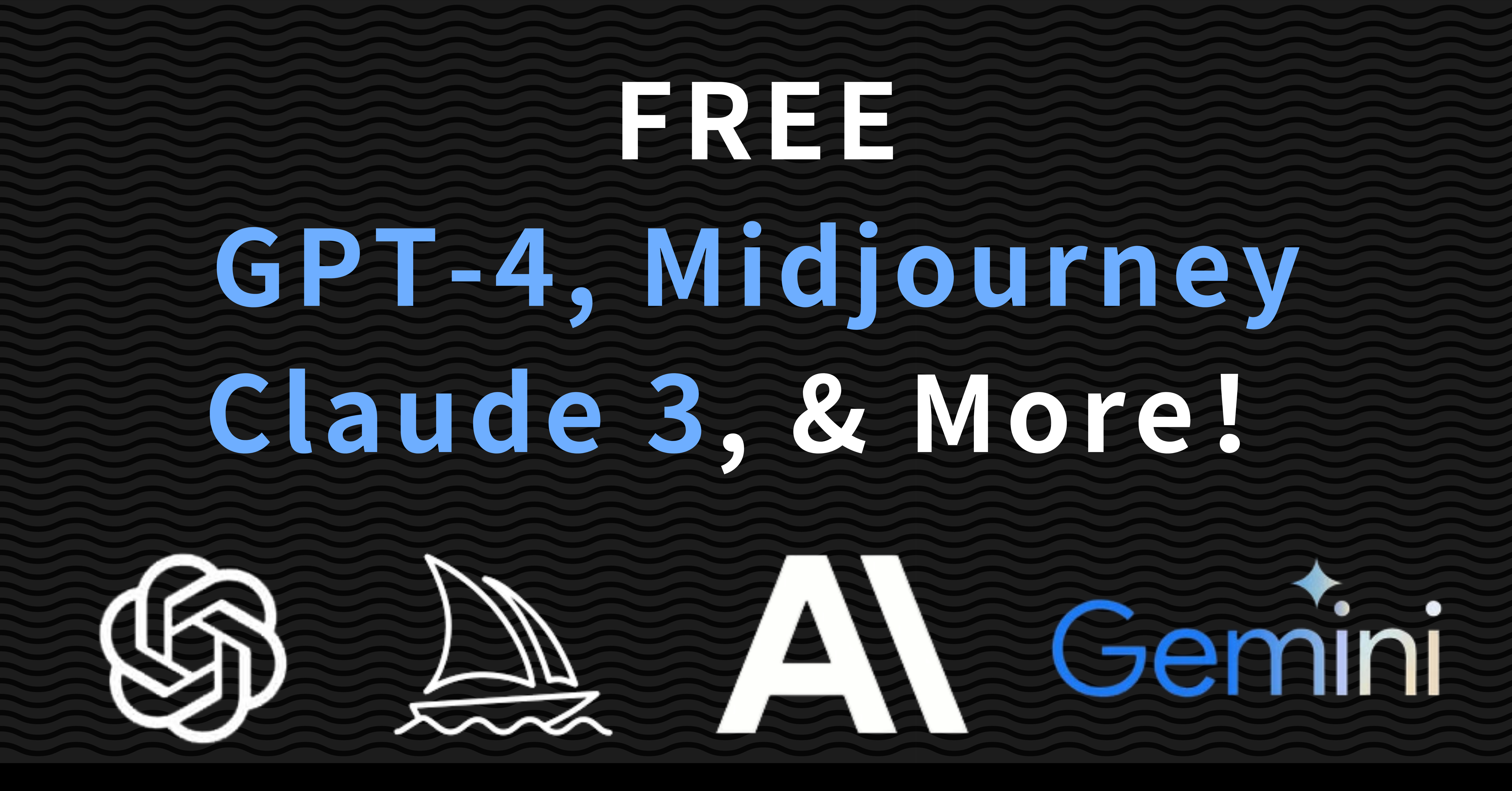Revolutionizing Search: How Perplexity AI Challenges Google's Dominance

The rise of generative AI and large language models (LLMs) has opened the possibility of disrupting Google’s long-standing dominance in the search engine market. One such challenger is Perplexity, an AI-powered search platform that aims to provide users with summarized answers and cited sources instead of the traditional list of web page links.
While still dwarfed by Google’s massive search volume, Perplexity’s approach offers a glimpse into how AI could reshape the search experience and the multibillion-dollar search advertising industry.
What is Perplexity AI?
Perplexity describes itself as “your AI-powered Swiss Army Knife for information discovery and curiosity.” It sits on top of ChatGPT 3.5 and its own model. The premium version also includes access to GPT-4, Claude 3, Mistral Large and an Experimental Perplexity Model.
While it’s already seeing significant traction, responding to over 2 million queries per day, it has a long way to go to make a dent in Google, which gets that many searches in 20 seconds. However, consumers are starting to find value in the summary of data and information. Getting to a summarized “answer” more quickly can be valuable.
How to approach AI-powered search platforms like Perplexity
So, how should brands and search engine marketers think about a platform like Perplexity? There are three things to consider:
1. Do your research
You must be using these tools. I’m not suggesting that you have to use them exclusively, but you simply can’t take for granted that you will get to it later. These tools are here and are evolving rapidly.
Do some research, run some queries, then refine them with different criteria. See what the responses are.
Do the responses favor your business?
Do the responses cite your business?
Is there new information you had not considered before that should be something you work into your marketing and content strategy?
Below are two simple examples of searches: “best car insurance” and “car wash near me.”
Comparing the two results from Google and Perplexity, I first notice the lack of ads in the car insurance example.
Allstate takes up pretty much the whole page with their search ad. Perplexity gives the user more of an answer with citations. The information the user may find helpful and dive deeper, but getting to a specific website is harder.
In some cases, this may improve the user’s experience by removing the click and summarizing the most “helpful” (as deemed by the model) information.
The map details in the car wash search are similar, but Google Maps provides the ability to link to or call the business directly from search results. This requires a click away from the Perplexity results to get there.
2. Sources = rankings
In Perplexity, one of the key differences is the citations or sources. This is critical for two big reasons:
It provides valuable insight into the reasoning behind the answer. While many language models now offer some insight into their sources, prominently featuring them allows users to understand the response better and explore further if desired.
From a search marketer’s perspective, these sources can be likened to the new organic search listings. If Perplexity provides the answer directly, users may not need to visit your site to take action. However, being cited as the source of the answer could become the next best option for brands as consumers become more familiar with these models and brands aim to retain their search traffic.
3. Conversations vs. searches
Perplexity follows a similar approach to other LLMs, allowing you to carry on a “conversation.” That means you can ask one question, and the next one carries the prior question’s context.
For example, when I asked, “I’m a 45-year-old male who runs about 20 miles per week. What are the best running shoes for me?” Then, I followed that response by simply saying, “What if I up my mileage should my options change?”
The model kept the knowledge that I am 45 and am looking for shoe recommendations. I didn’t need to resubmit that context. It also suggested some related queries relevant to the conversation and took me deeper into my research with simple answers.
What’s next for Perplexity?
Perplexity has developed a robust model and user interface, making it easy for users to learn and utilize. But what’s next? They need to determine their revenue model.
In the example about running shoes, you might have noticed what didn’t occur. Perplexity didn’t offer a direct link to purchase the shoes, even when asked about buying a specific type. Despite the request to buy that brand, it couldn’t provide a direct link to Asics. Even the sources didn’t link directly to the Asics site.
Commerce and conversions aren’t at the forefront of these models right now. The revenue model for Perplexity is the same as that of OpenAI and others. They offer a freemium model, with the ability to upgrade for additional features for $20 per month.
As they earn some revenue with this model, I expect things to come that drive more commerce transactions. They may move to an affiliate or PPC model for these queries where Asics can buy access to this “answer” with a direct link to Asics.com.
Don’t think for a second that the $110 billion dollars search market is going to go to zero. If anything, the speed and rate at which these tools can provide answers should generate more search volume and transactions and not less.
The bigger question isn’t what it does to search volume but rather what it does to the revenue model. For now, we have to wait and see what happens.
How to Use Perplexity AI: A Comprehensive Guide**
Perplexity AI is designed to revolutionize the way users search for and interact with information online. Below, we outline how to effectively utilize this tool, complemented by insights into using GlobalGPT for a broader AI writing and querying experience.
Step-by-Step Guide to Using Perplexity AI
1. Setting Up an Account:
Start by registering on the Perplexity AI platform. The process is straightforward—simply use your email to sign up, ensuring easy access even for users within restrictive internet regions.
2. Initiating a Query:
Once your account is set up, begin by typing your questions into the Perplexity search bar. Perplexity AI uses natural language understanding to process queries, allowing you to ask questions as you would in a normal conversation.
3. Receiving Tailored Responses:
Perplexity AI analyzes your query using advanced algorithms and returns information directly, not just a list of links. This makes finding answers faster and more efficient, with the AI often offering follow-up questions to help narrow down the search further.
4. Exploring Advanced Features:
For users who need more than basic search capabilities, Perplexity Pro offers enhanced functionalities. This version allows toggling between different LLMs, including image generation and code synthesis, providing a rich, multimodal experience.
5. Utilizing the Free and Pro Versions:
Perplexity offers a free version with essential features and a Pro version for more advanced needs, including unlimited queries and additional LLM access. Choose the tier that best suits your requirements based on the complexity of your needs and the frequency of use.

Pay-as-You-Go:
Top Up from Just $1 Balance Never Expires
All-in-One: Access All Models in One Place
AI Total Data Privacy
Unlimited Usage Limitation
Accepts Fiat and Crypto Payments
Integrating GlobalGPT for Expanded AI Writing and Searching
GlobalGPT complements Perplexity AI by offering a robust AI writing tool with a diverse range of applications:
1. Multiple Model Support:
GlobalGPT supports various AI models including ChatGPT-4/3.5, Claude, MidJourney, Suno, and Perplexity itself. This allows for a versatile tool capable of handling a wide array of tasks from simple queries to complex content creation.
2. Flexible and Economical Usage:
With its pay-as-you-go pricing system, GlobalGPT is particularly cost-effective. Users pay only for the amount of computational power they use, which is ideal for both sporadic and regular users.
3. Easy Access and Registration:
GlobalGPT ensures easy access through direct connectivity, which is crucial for users in regions with limited internet freedom. Registration is simple via email, facilitating quick and straightforward login without the hassle.
4. Broad Application Range:
Whether you need to generate text, code, or even visual content, GlobalGPT's support for multiple AI models makes it an invaluable tool across various fields and industries.
Harnessing the Power of AI for Enhanced Digital Interactions
By leveraging both Perplexity AI and GlobalGPT, users can enhance their digital interactions, making the search and creation of information not only more intuitive but also more aligned with specific, complex needs. These tools represent the forefront of AI technology, providing powerful solutions that transform how we access and generate digital content today.
See Also
Free Mastery of Claude 3 Opus: An In-Depth Manual
Free Access to GPT-4: A Detailed Tutorial
AI Empowerment: Unleashing the Potential of ChatGPT
